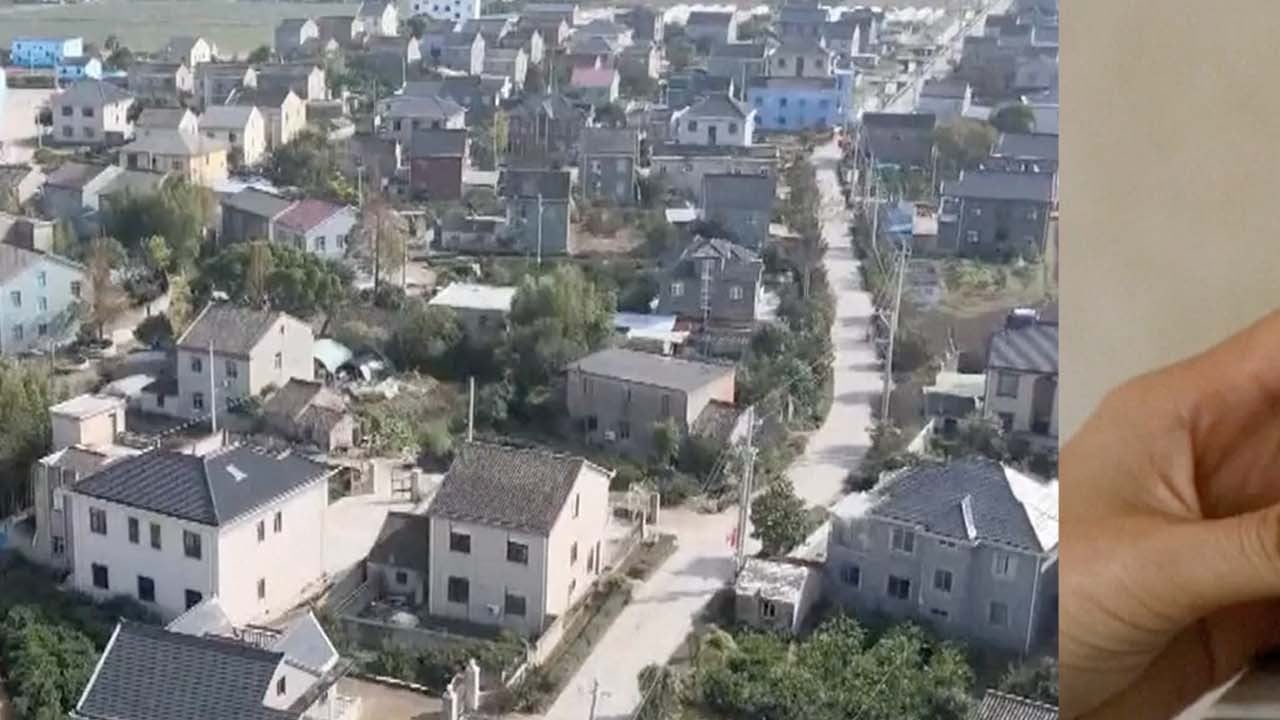
China food security: grain reigns supreme as higher yields sought from limited land
- China has set out to boost grain yields in an action plan listing essential tasks for country’s drive to ensure food security
- Last year’s output was a national record, but authorities want improvement as arable land stagnates and gap widens with West in seed development
As it pursues a stable food supply in an increasingly fraught global environment, China has laid out plans to increase its grain yield and spur the advancement of its seed industry – essential to guaranteeing the nutritional needs of its people and bringing the country closer to agricultural parity with the advanced economies of the West.
It also set a target for total sown grain areas of about 1.75 billion mu (288.3 million acres), and 1.45 billion mu for the sown area of cereals. Both are slightly lower than the 1.78 billion mu and 1.5 billion mu respectively recorded in 2023.
“With tightening constraints on China’s natural resources and growing demand driven by upgrades of resident food structures, the tight balance between grain supply and demand will persist in the long term,” an official with the National Development and Reform Commission (NDRC), the country’s top economic planner, told state news agency Xinhua on Monday.
The official said the current gap was likely to widen further in the future, making crop output all the more important.
China vows to boost crop yields, Xi calls for investment in ‘lifeblood’ land
China has undertaken a full-bore effort to diversify its imports and boost domestic output to reduce overreliance on grains which are primarily grown overseas, such as soybeans and corn – both of which were prioritised in the plan.
Other major projects, such as water conservation, construction of high-standard farmland, agricultural mechanisation and disaster prevention, were all said to be in the works in 720 counties the action plan named as crucial to grain production.
“China’s arable land is limited, with little potential for further expansion. So efforts should be focused on improving yield per unit area,” said Li Guoxiang, a researcher at the rural development institute of the Chinese Academy of Social Sciences.
Li said the target of 420kg per mu was “not hard to attain”, as it is not high by global standards and corn and soybean yields still hold untapped potential.
Paul Teng, a food security expert with the Centre for Non-Traditional Security Studies at Nanyang Technological University, said while Asia faces an ever-present threat of food insecurity, a “silver lining” could be found through novel farming methods such as digital agriculture, biotechnology, precision fermentation and urban agrotechnology.
“While large exporters like the United States, Canada and Argentina have adopted biotechnology crops, Asian countries have been slow in taking up this technology, often because of scientifically dubious reasons,” he said in a commentary on Thursday.
It’s crucial to foster diverse non-agricultural industries in rural areas [to keep] the rural labour force in the countryside
Ma Wenfeng, a senior analyst with the Beijing Orient Agribusiness consultancy, said the gap between China’s per-unit grain yield and that of developed regions worldwide “continues to widen”, despite the country’s attempts to keep pace.
He suggested the application of biofertilisers to expand the scope of organic farming and augment output.
“In addition to technological advancements, it’s also crucial to foster diverse non-agricultural industries in rural areas [to keep] the rural labour force in the countryside,” he said.
He pointed out rural areas were grappling with population outflows and ageing, resulting in a labour shortage for advanced agricultural productivity, which would undermine efforts to increase grain output and ensure food security.


.jpg?itok=t8OJmsoF)
